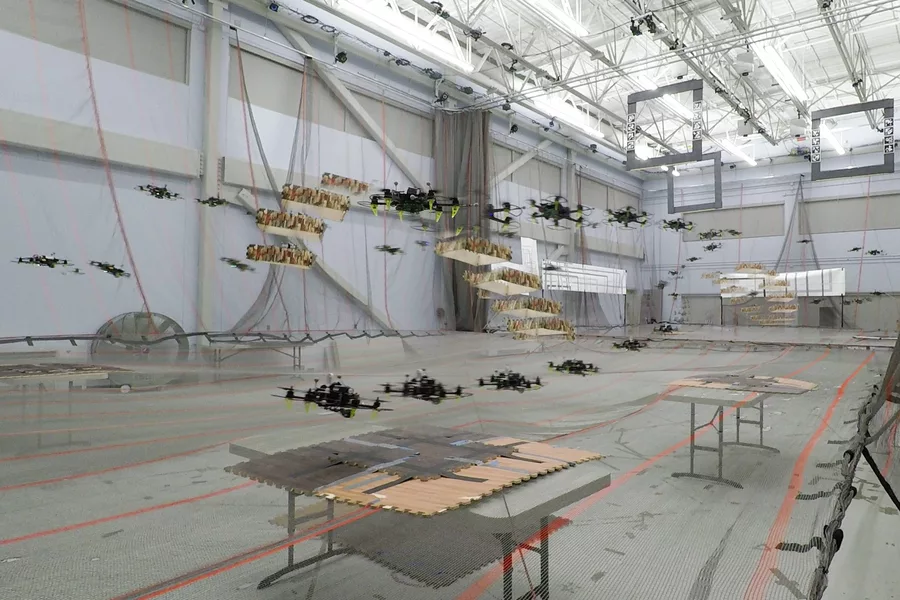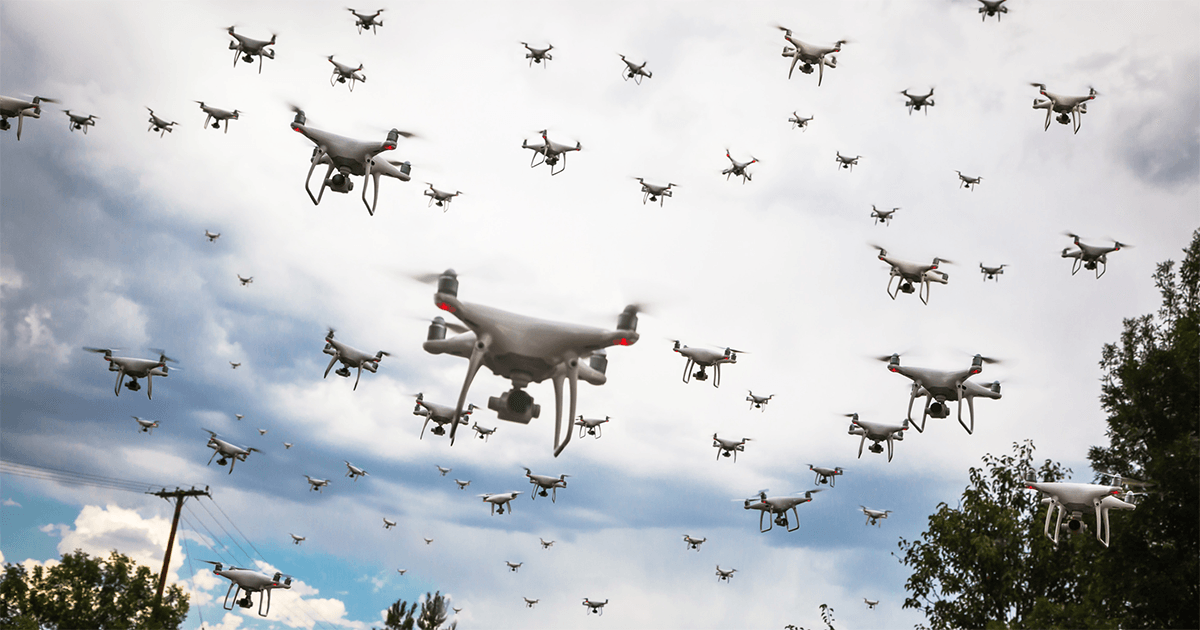Robust MADER is an advanced system developed by MIT researchers to help multiple drones work together in the same airspace without crashing into each other, and prevent midair drones collisions. When tested in real drones, the original MADER system failed because it relied on real-time communication between drones, which might not always be reliable due to communication delays.
The researchers revamped the algorithm and created Robust MADER, a multiagent trajectory planner that generates collision-free trajectories even when communication between agents is delayed. In this blog post, we will discuss the key features and benefits of the Robust MADER system, how it works, and its effectiveness in testing.
The Problem of Communication Delays
Drones are increasingly being used for various tasks such as aerial photography, surveying, mapping, and delivering packages. When multiple drones are used in the same airspace, there is a risk of collision, which can be very costly. The original MADER system enabled drones to formulate optimal, collision-free trajectories by broadcasting their trajectory to fellow drones. But when tested in real drones, the system was not successful because it relied on real-time communication between agents.
If a drone doesn’t have up-to-date information on the trajectories of its partners, it might select a path that results in a collision. Communication delays can occur due to interference from other devices or environmental factors like stormy weather. Due to this unavoidable delay, a drone might inadvertently commit to a new trajectory that sets it on a collision course.

The Solution of Midair drones collisions
Robust MADER is a new system developed by MIT researchers to address the issue of communication delays between drones. The system is a multiagent trajectory planner that generates collision-free trajectories even when communication between agents is delayed. The algorithm incorporates a delay-check step during which a drone waits a specific amount of time before it commits to a new, optimized trajectory. If it receives additional trajectory information from fellow drones during the delay period, it might abandon its new trajectory and start the optimization process over again.
With Robust MADER, each drone optimizes a new trajectory using an algorithm that incorporates the trajectories it has received from other agents. By continually optimizing and broadcasting their new trajectories, the drones avoid collisions. However, the system is more scalable than other approaches because it doesn’t require thousands of drones to agree on a trajectory simultaneously, and it is decentralized, making it more suitable for real-world environments where drones may fly far from a central computer.
The Benefits of Robust MADER
The benefits of Robust MADER are evident in its ability to generate collision-free trajectories, even when communication between agents is delayed. During the delay-check period, the drone repeatedly checks for communications from other agents to see if its new trajectory is safe. If it detects a potential collision, it abandons the new trajectory and starts the optimization process over again. As a result, the system guarantees safety, which is of utmost importance when flying drones.
In testing, Robust MADER was 100 percent successful at generating collision-free trajectories in hundreds of simulations. In addition, the system was tested on real drones, and it did not cause a single crash in any of the hardware experiments. Although the drones traveled slightly slower than other baselines, no other method was able to guarantee safety.
Conclusion
The development of Robust MADER represents a significant advance in the field of multi-agent drone operations. By incorporating delay-check steps and redundant trajectories, Robust MADER is able to generate collision-free trajectories for groups of drones even in the face of communication delays.
While there is still much work to be done in this area, the success of Robust MADER in both simulations and real-world experiments is a promising sign for the future of drone operations. As the use of drones continues to grow and evolve, it is likely that systems like Robust MADER will play an increasingly important role in ensuring their safe and effective operation.
Sources: MIT News Office












